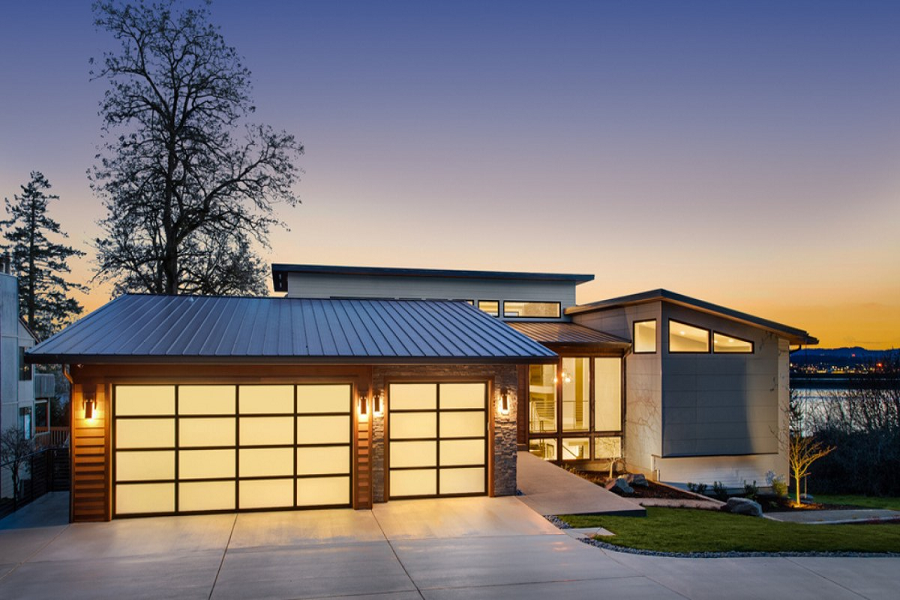Glass fibres are the reinforcing element in fibreglasses, a fibre-reinforced plastic. Glass fibres can be laid out in any pattern you like, compressed into a sheet, or even woven into a cloth. There are two main types of plastic matrixes: thermoplastic and thermoset polymer. The former is more common and is commonly made from thermosetting polymers like epoxy and polyester resin. One of fibreglass’s distinguishing features is its remarkable strength-to-weight ratio.
Depending on the application, different types of glass are used to make the fibreglass (ไฟเบอร์กลาส, which is the term in Thai) fibres. The glasses in question all have silica or silicate as their main ingredient, with calcium, magnesium, and occasionally boron oxides added in different proportions. Glass fibres used in fibreglass must have shallow fault levels.
Fibreglasses: A Multi-Industry Solution
It is a popular choice for industrial gaskets due to its long lifespan, lack of toxicity, and excellent thermal insulation. The following are some of the many uses for it, which may explain its widespread use:
- Many places in the beverage sector use fibreglass grating, including bottling lines and brew facilities.
- Fibreglass grating has recently become very popular at car washes as a rust preventative and a way to colour-code formerly off-limits regions. It illuminates the carwash tunnel, giving the illusion of a cleaner vehicle.
- The chemical industry frequently utilizes fibreglass grating due to its chemical resistance, anti-slip embedded grit surface, and other safety features. The resins match the chemicals that are being used.
- Because of their constant moisture content, cooling towers require special protection from corrosion, rust, and other hazards. Fibreglass, with its many valuable characteristics, is utilized as screening in these structures to keep animals and humans out of potentially dangerous areas.
- Waters of the sea can corrode, rust, and otherwise harm docks and marinas. Here, fibreglass serves as a protective material.
- Fibreglass grating is utilized in chicken and beef processing factories to provide slide resistance and to withstand acidic blood. Fibreglass is also commonly used in food processing sectors because other grating materials aren’t appropriate.
- It is commonly used in aquariums and fountains of various sizes to hold pebbles in place, improving circulation and allowing water to seep below the rocks. Fibreglass grating is utilized in colossal public fountains to prevent damage to the spray heads and lighting. So they don’t get themselves sucked under the water features, this features.
Conclusion
Many businesses rely on fibreglass for various purposes, such as wastewater treatment, heating, ventilation, air conditioning, fireproofing, the beverage sector, and the oil fields. The usage of fibreglass has increased in recent decades due to the material’s adaptability and widespread availability in modern life.











